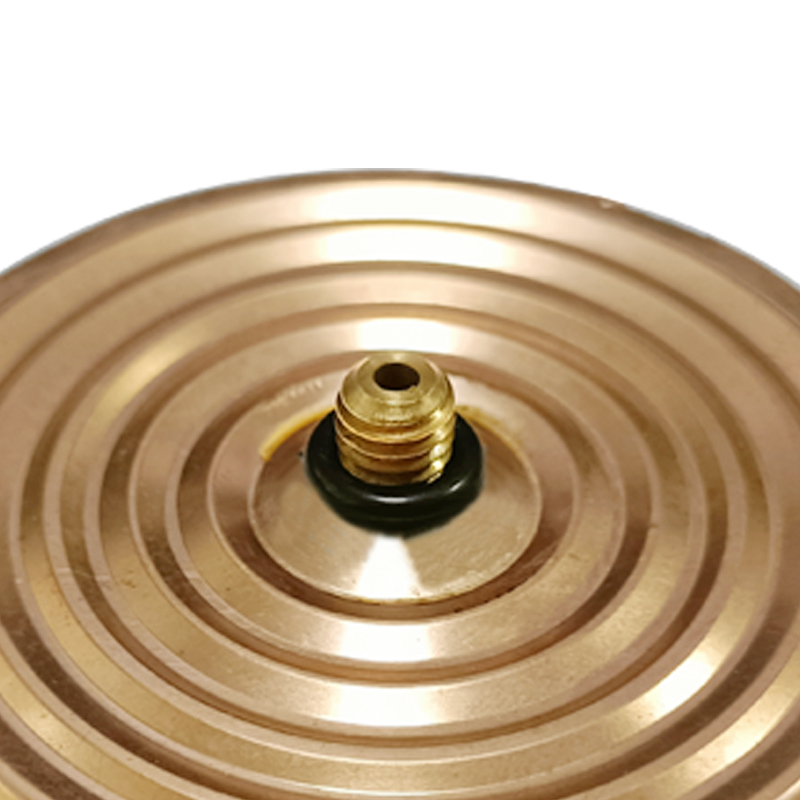
Nov . 13, 2024 20:50 Back to list
pressure gauge accessories
Understanding Pressure Gauge Accessories Enhancing Accuracy and Functionality
Pressure gauges are essential instruments used across various industries to measure the pressure of gases and liquids. They provide critical data that ensure systems operate within safe pressure ranges. However, the accuracy and functionality of pressure gauges can be significantly enhanced with the use of appropriate accessories. This article explores the significance of pressure gauge accessories and highlights some of the most common types used in various applications.
The Importance of Pressure Gauge Accessories
Pressure gauge accessories are designed to improve the performance, accuracy, and usability of pressure gauges. They help protect gauges from adverse conditions, enhance their readability, and facilitate easier installation and maintenance. Without appropriate accessories, pressure gauges could be subject to errors or damage, leading to costly operational downtimes and safety risks.
Common Types of Pressure Gauge Accessories
1. Syphons and Pigtails Syphons and pigtails are used primarily in applications where hot steam or high-temperature fluids might damage the sensitive components of a pressure gauge. These accessories act as a barrier, cooling the steam before it reaches the gauge. This not only protects the gauge but also ensures accurate readings. The design of these accessories allows for the safe measurement of high-temperature scenarios without compromising the integrity of the gauge.
2. Diaphragm Seals Diaphragm seals are used to isolate the pressure gauge from corrosive or viscous fluids. They consist of a thin flexible membrane that separates the process media from the gauge, preventing damage to the gauge and ensuring that the readings are not affected by the characteristics of the fluid. This is particularly vital in industries like chemical manufacturing, where the media can be highly corrosive.
pressure gauge accessories

3. Pressure Gauge Valves Valves are crucial for controlling the flow of fluids in and out of the gauge. They allow for the isolation of the gauge for maintenance without the need to shut down the entire system. This is particularly important in processes where continuous operation is necessary. Valves come in various configurations, including needle valves and ball valves, and provide enhanced control over pressure readings.
4. Adapters and Connectors Various adapter fittings and connectors are essential for ensuring that pressure gauges can be installed correctly and securely to different types of pipes and fittings. These accessories allow for the compatibility of gauges with existing systems, making it easy to integrate new gauges into established infrastructure without requiring extensive modifications.
5. Displays and Transmitters For modern applications, digital displays and transmitters can be connected to mechanical pressure gauges, providing real-time data analysis and remote monitoring capabilities. These accessories enhance the usability of gauges by providing digital readings, alarms, and other critical data, making them suitable for automated systems and advanced monitoring applications.
6. Cushioning Devices These devices help in dampening the vibrations that can occur in high-pressure systems. Vibrations can lead to inaccurate readings and can damage the gauge over time. Cushioning devices absorb these shocks and vibrations, increasing the longevity of both the gauge and the system it is monitoring.
7. Protective Covers and Guards Pressure gauges can be susceptible to environmental damage, such as exposure to dust, moisture, and mechanical impact. Protective covers and guards provide an additional layer of security, extending the operational lifespan of the gauges. They are especially vital in harsh conditions, such as outdoor installations or industrial environments where gauges may face potential hazards.
Conclusion
The effectiveness of a pressure gauge is inherently tied to the quality and appropriateness of its accessories. By understanding the various available options, industry professionals can make informed decisions that enhance the accuracy, safety, and reliability of their pressure measurement systems. Whether through syphons, diaphragm seals, valves, or digital transmitters, incorporating the right accessories can lead to improved operational performance and maintenance efficiency. Embracing these enhancements not only safeguards investments in pressure measurement technology but also ensures that systems operate safely and effectively in a wide range of applications.
-
High-Precision 5 Valve Manifold Differential Pressure Gauge Suppliers
NewsApr.29,2025
-
High-Precision Diaphragm Vacuum Pressure Gauges Manufacturers & Quotes
NewsApr.29,2025
-
Omega Differential Pressure Gauges High Accuracy & Durability
NewsApr.28,2025
-
Low Pressure Differential Pressure Gauges Precision Solutions & Quotes
NewsApr.28,2025
-
Digital Diaphragm Pressure Gaauge Precision Measurement & OEM Quotes
NewsApr.28,2025
-
Differential Pressure Gauge China Price High-Accuracy & Best Quotes
NewsApr.28,2025
